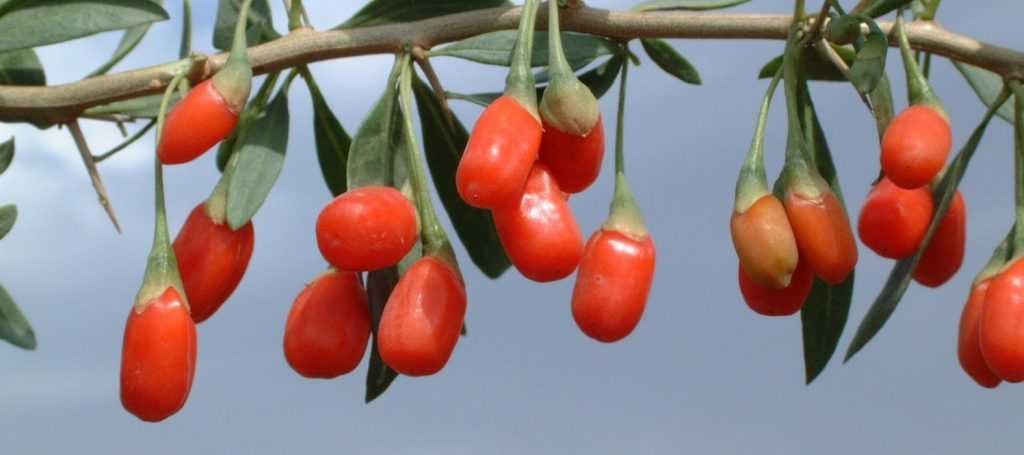
Growing, Harvesting and Drying Goji Berries
a vitamin boost, straight from the garden!
Contents
Growing your own Goji berries, the small fruits of the Chinese Wolfberry plant, is easy… as is drying them. This shrub requires only minimal maintenance. Discover our tips for planting, caring for it, and also preserving its berries, which are a true concentrate of vitamins and minerals.
Location: Where to plant Goji?
The Goji or Wolfberry (Lycium barbarum) is a small shrub that can be grown in the ground or in pots, both indoors and outdoors.
Drought-resistant and very hardy, the Goji thrives throughout France, from north to south. It will simply be more productive in rich, moist soil, even chalky, with a sunny exposure. The Goji integrates perfectly into the ornamental garden and can easily be trained thanks to its long branches. It’s a beautiful shrub that can feature in a country hedge, alongside currant bushes and flowering shrubs, or be trained with thornless garden blackberries.
Planting the Goji Berry: When and How?
The ideal time to plant Goji is in autumn or spring, avoiding frost periods.
To do this, dig a hole 50 cm wide and deep using a spade. In heavy soil, place a layer of gravel at the bottom of the hole to improve drainage, then add a mixture of compost, ground horn and garden soil.
The Wolfberry can be grown as a shrub, in open ground or in a large pot, or even trained on a trellis. Water regularly after planting to ensure successful establishment.
Discover other Goji berry bush
View all →Available in 1 sizes
Available in 1 sizes
Available in 1 sizes
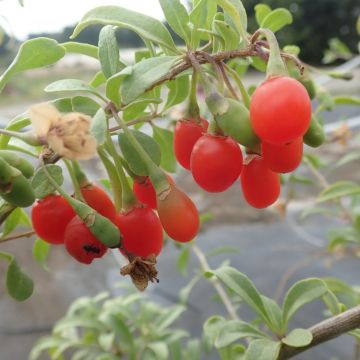
Available in 1 sizes
Available in 1 sizes
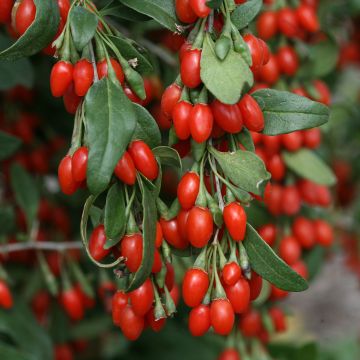
Available in 1 sizes
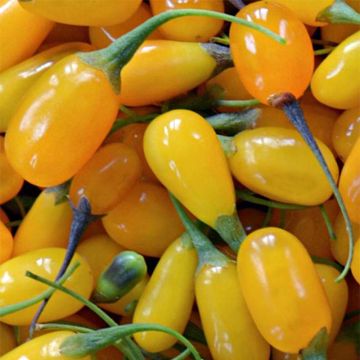
Available in 1 sizes
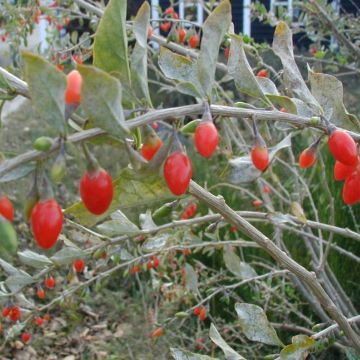
Available in 2 sizes
Available in 1 sizes
During cultivation: the care required
Growing Goji Berry is easy, requiring minimal care:
- Water during prolonged dry spells, once a week, generously. If grown in a pot, water every two or three days in summer, depending on heat and dryness.
- Apply an organic fertiliser or well-rotted compost once a year in March.
- Apply a layer of mulch around the base to retain moisture in summer.
Pruning Goji Berry involves:
- Between March and June: Remove dead winter branches with secateurs and cut back every other branch to 50 cm from the ground.
- In summer: Pinch back the tips of stems.
Read also
How to dry cranberries?Harvesting Goji Berries
Goji berries are harvested from August to October, when they turn red and feel tender to the touch. The optimal harvest begins around the 4th year. Wait until the fruits are fully ripe before picking them, as like all fruits from the Solanaceae family, unripe green berries are toxic.
Drying Goji Berries
Goji berries can be kept for only 2 to 3 days after picking and are eaten fresh or as juice.
For longer storage, it is possible to dry them. Drying can be done in several ways:
- using a food dehydrator if you have one (12 to 24 hours of drying), or more simply,
- in the oven at a low temperature if your oven allows it (around 35°C, below 40°C)
- by spreading the berries on wooden racks and leaving them to dry in the (non-scorching) sun for several weeks.
The berries can then be eaten dried or rehydrated in a little water or fruit juice.
- Subscribe!
- Contents


































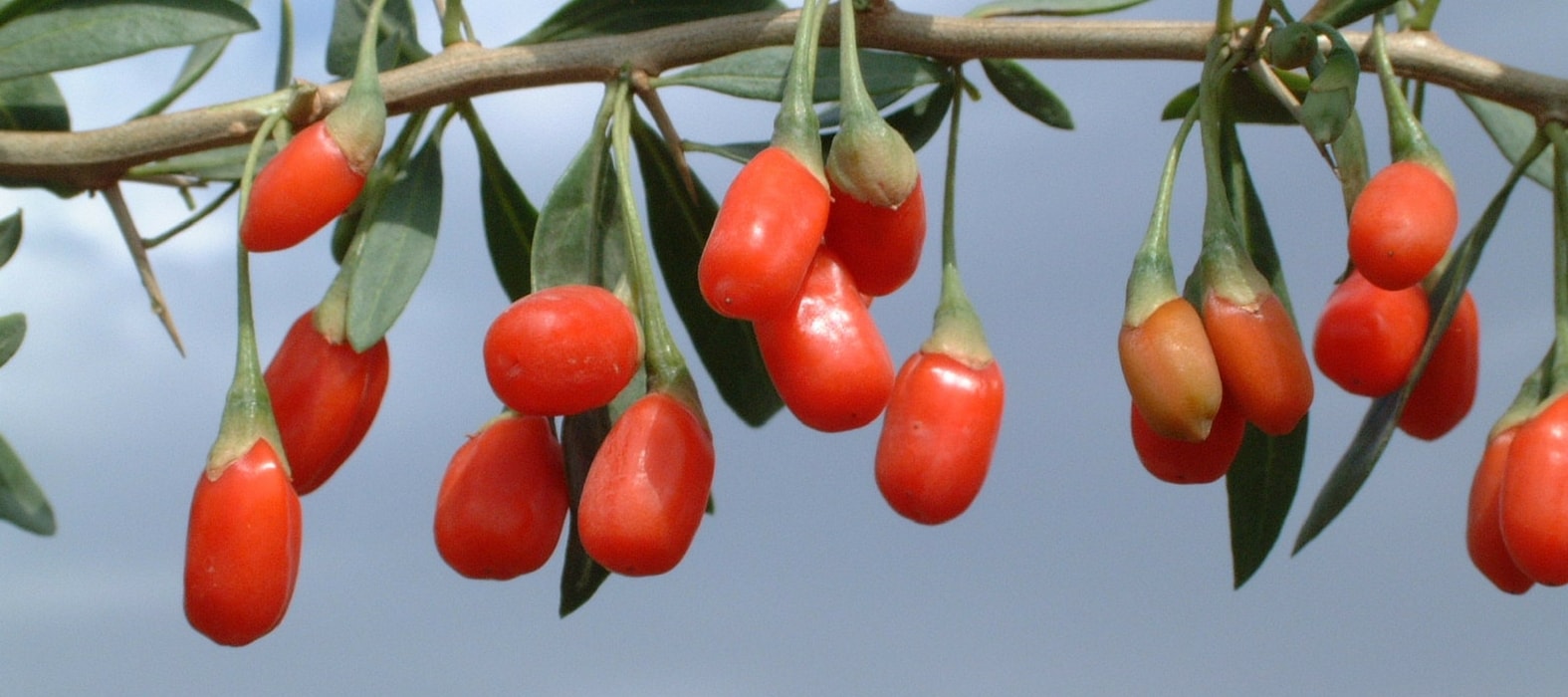
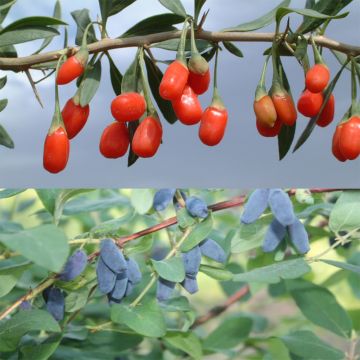
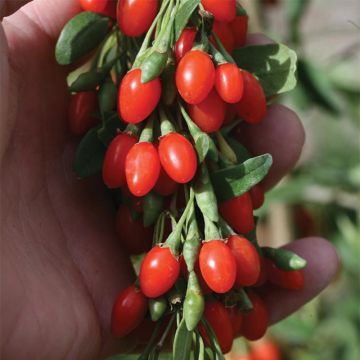


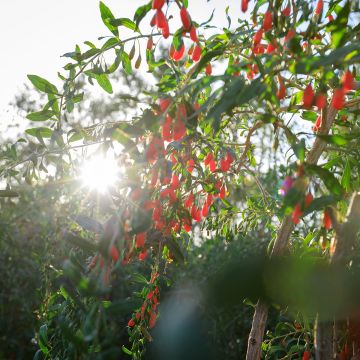

Comments